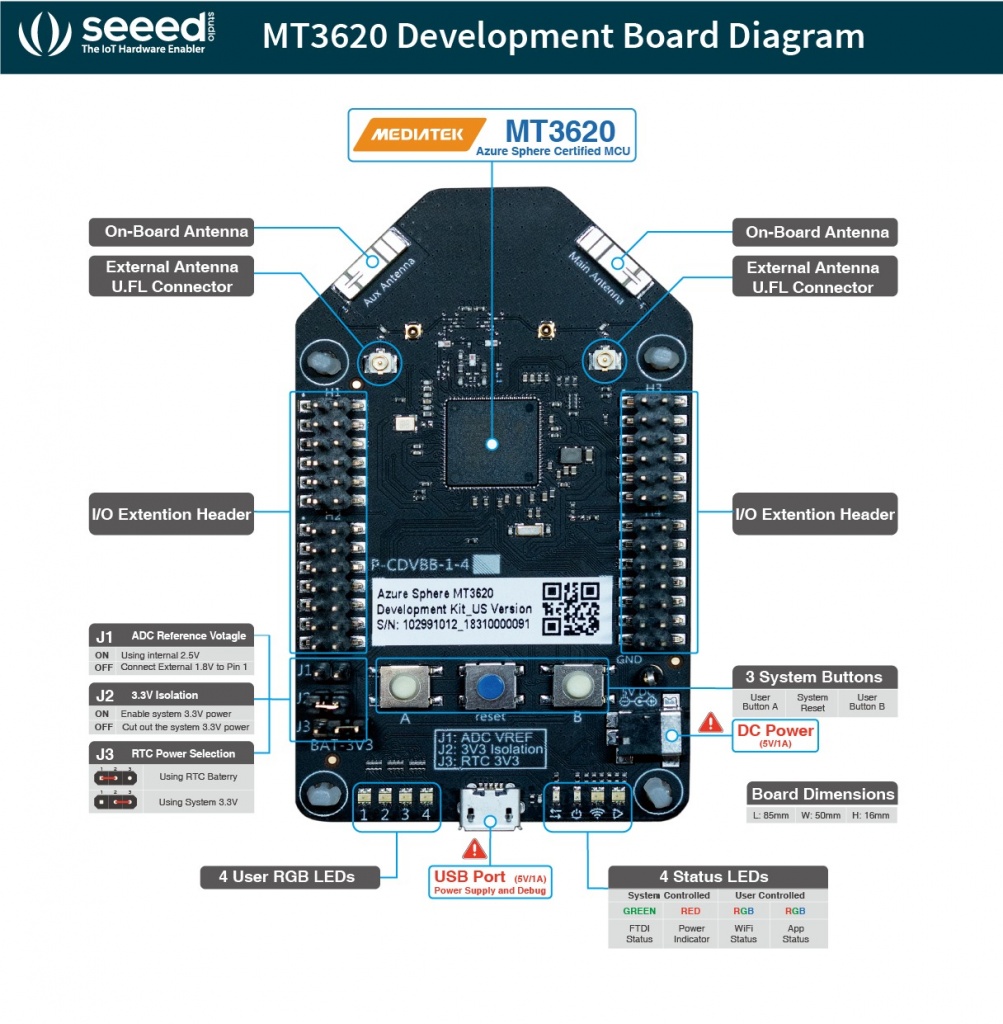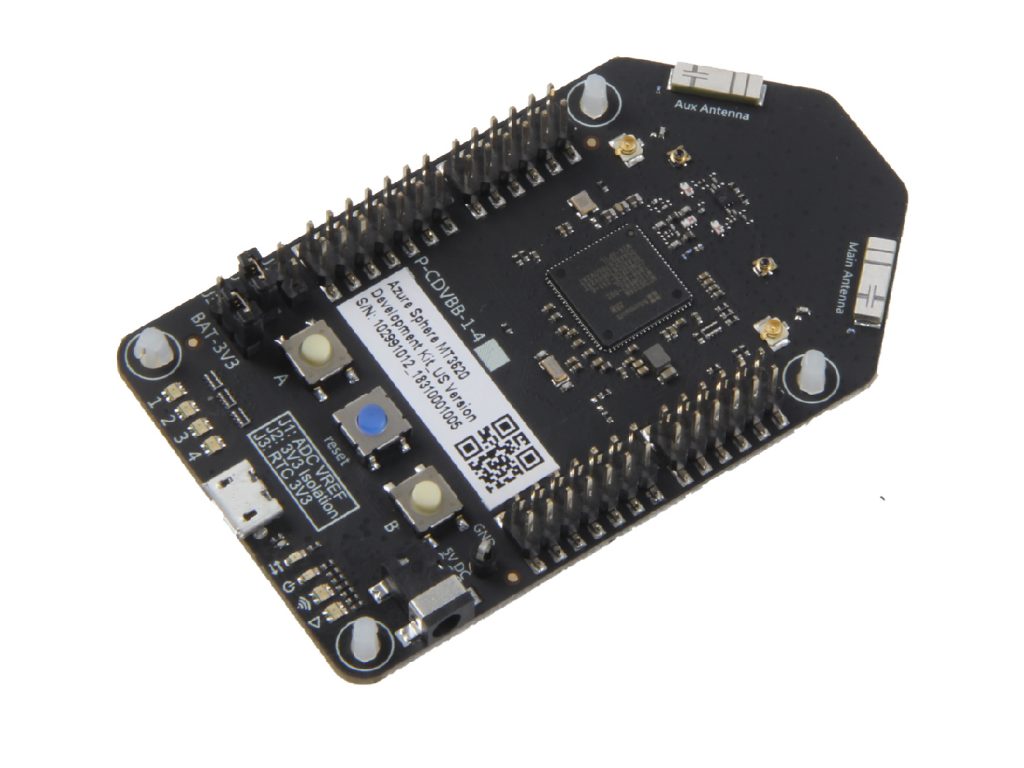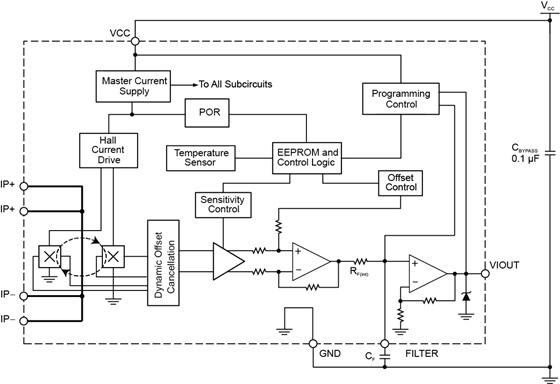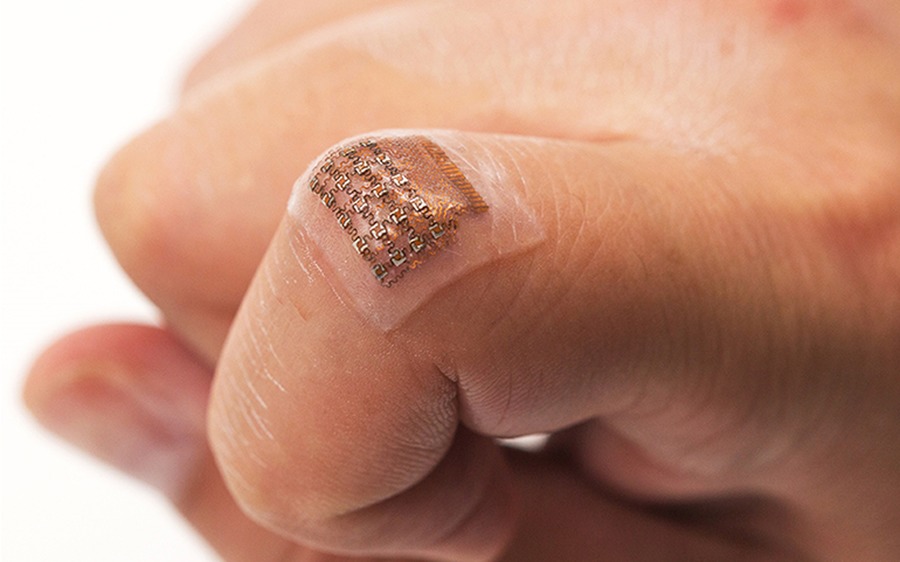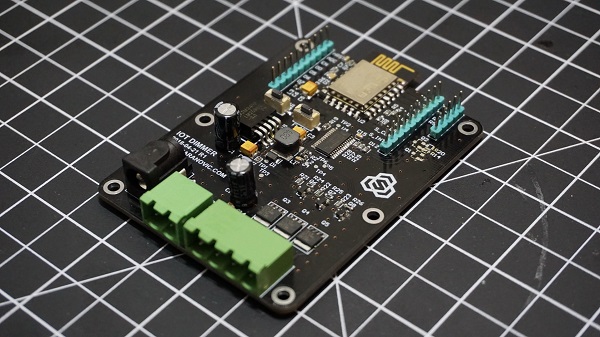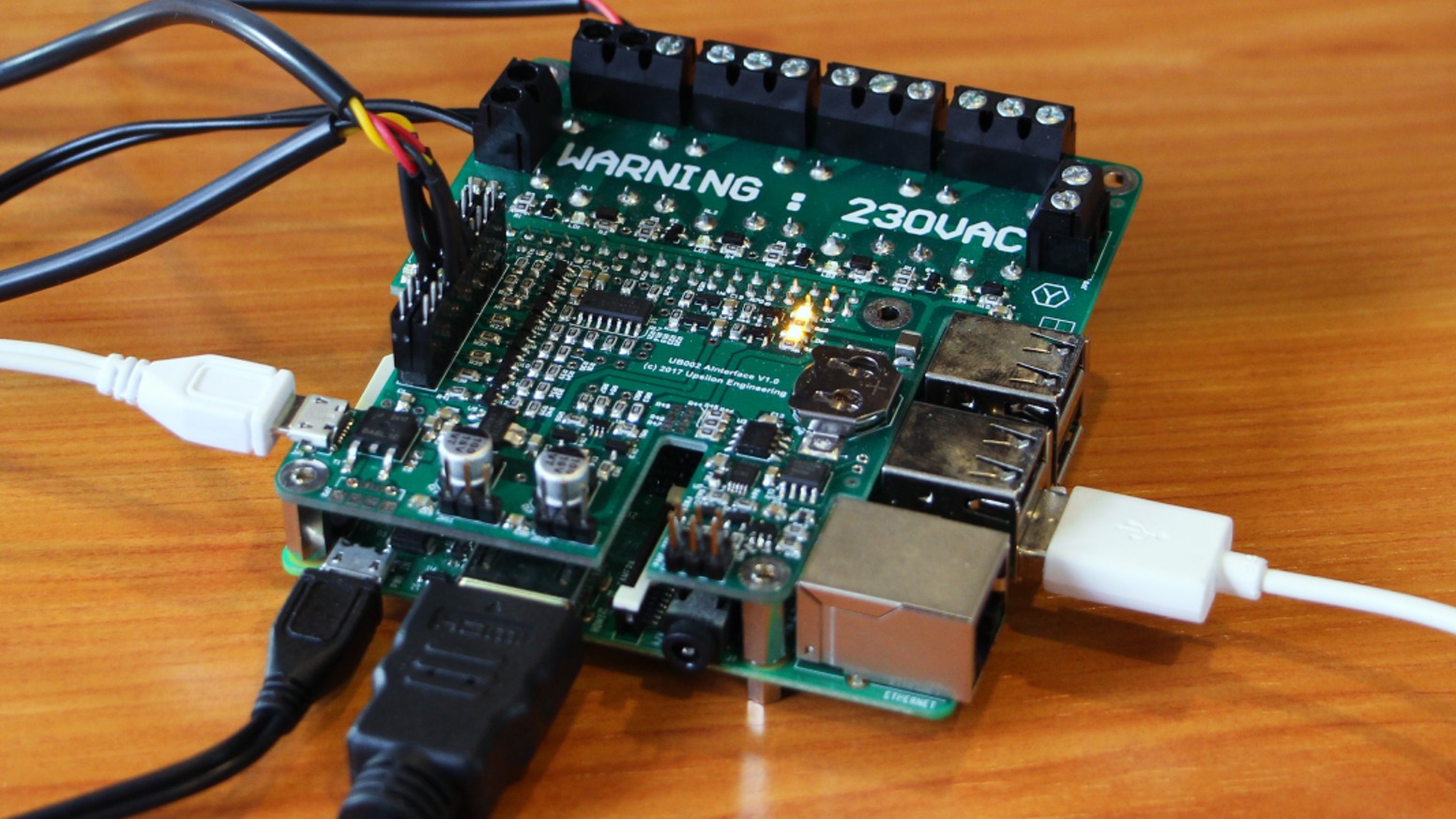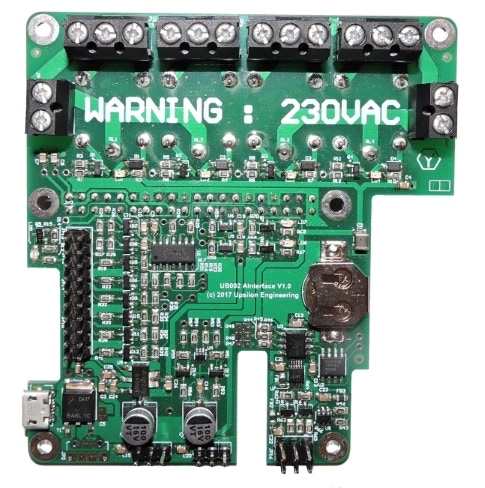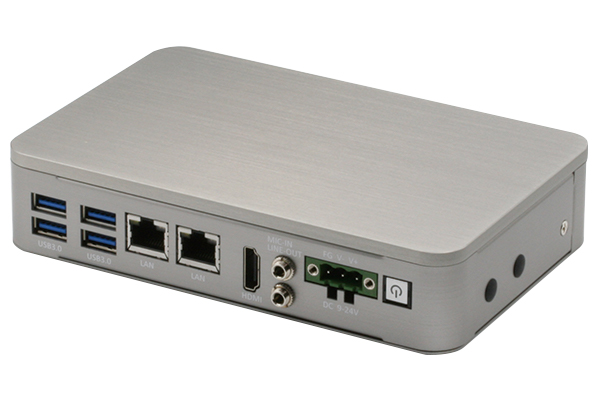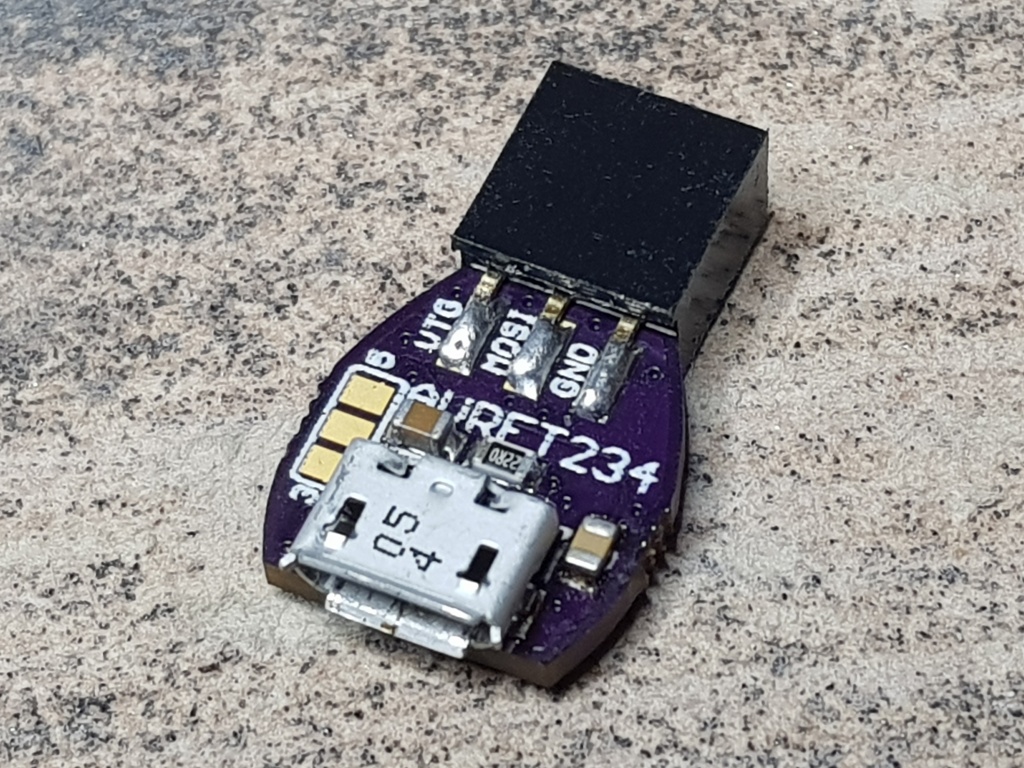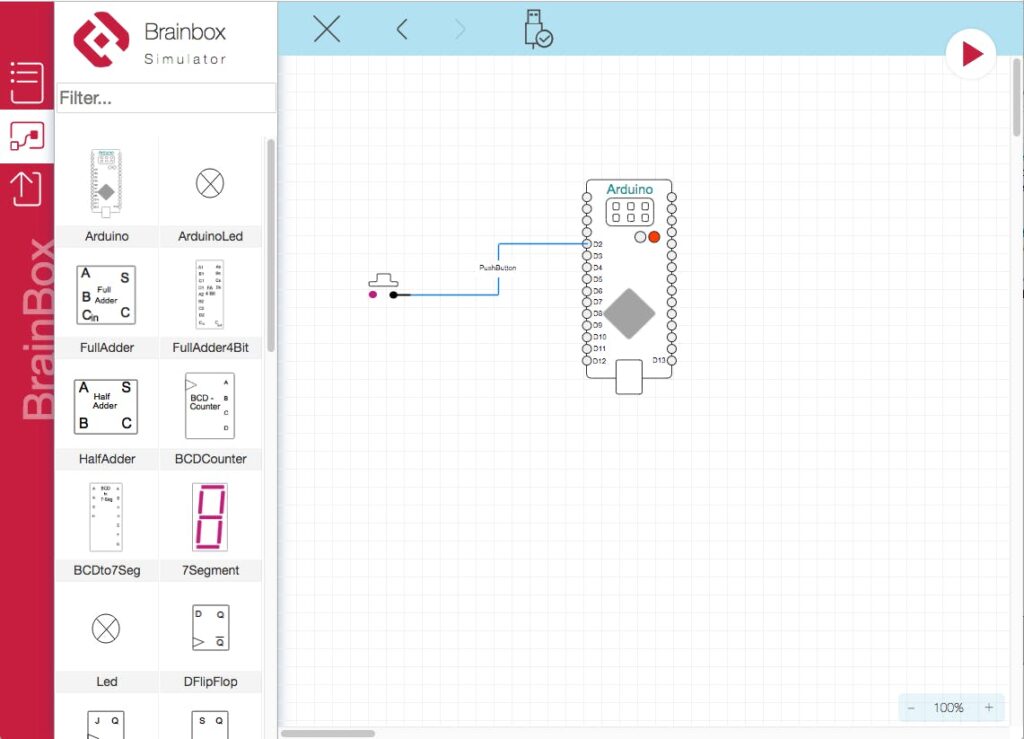Microsoft Azure Sphere is a solution for creating highly-secured, connected, MCU-powered devices. Azure Sphere brings together the best of Microsoft’s expertise in cloud, software and silicon—resulting in a unique approach to security that starts in the silicon and extends to the cloud. Together, Azure Sphere certified MCUs, the Azure Sphere OS, and the Azure Sphere Security Service provide you with the confidence and the power to reimagine your business and create the future.
Azure Sphere provides three levels of security technology:
- Secured MCU – Secured from the silicon up. The new MT3620 crossover class of MCUs combines for the first time both real-time and application processors with built-in Microsoft security technology and connectivity.
- Secured OS – An OS built for security and agility to create a trustworthy platform for new IoT experiences. Our secured OS builds security innovations pioneered in Windows into an HLOS small enough for MCUs.
- Cloud Security – Protect devices with a cloud built for IoT security. The Azure Sphere Security Service renews device security, identifies emerging threats, and brokers trust between device, cloud, and other endpoints.
Azure Sphere MT3620 Development Kit is specially designed to support rapid prototyping and to enable developers to experience Azure Sphere technology. MT3620 is the first Azure Sphere certified MCU. Azure Sphere certified MCUs are a new class of secured, connected crossover microcontrollers. MT3620 features three user-accessible microcontroller cores: one ARM Cortex-A7 core and two general purpose ARM Cortex-M4F cores. The MT3620 is designed to support real-time requirements when interfacing with a variety of on-chip peripherals including GPIO, UART, I2C, SPI, I2S, PWM and ADC. It has a built-in security subsystem with its own dedicated CM4F core for secure boot and secure system operation, along with dual-band 802.11 b/g/n Wi-Fi.
source: www.seeedstudio.com



